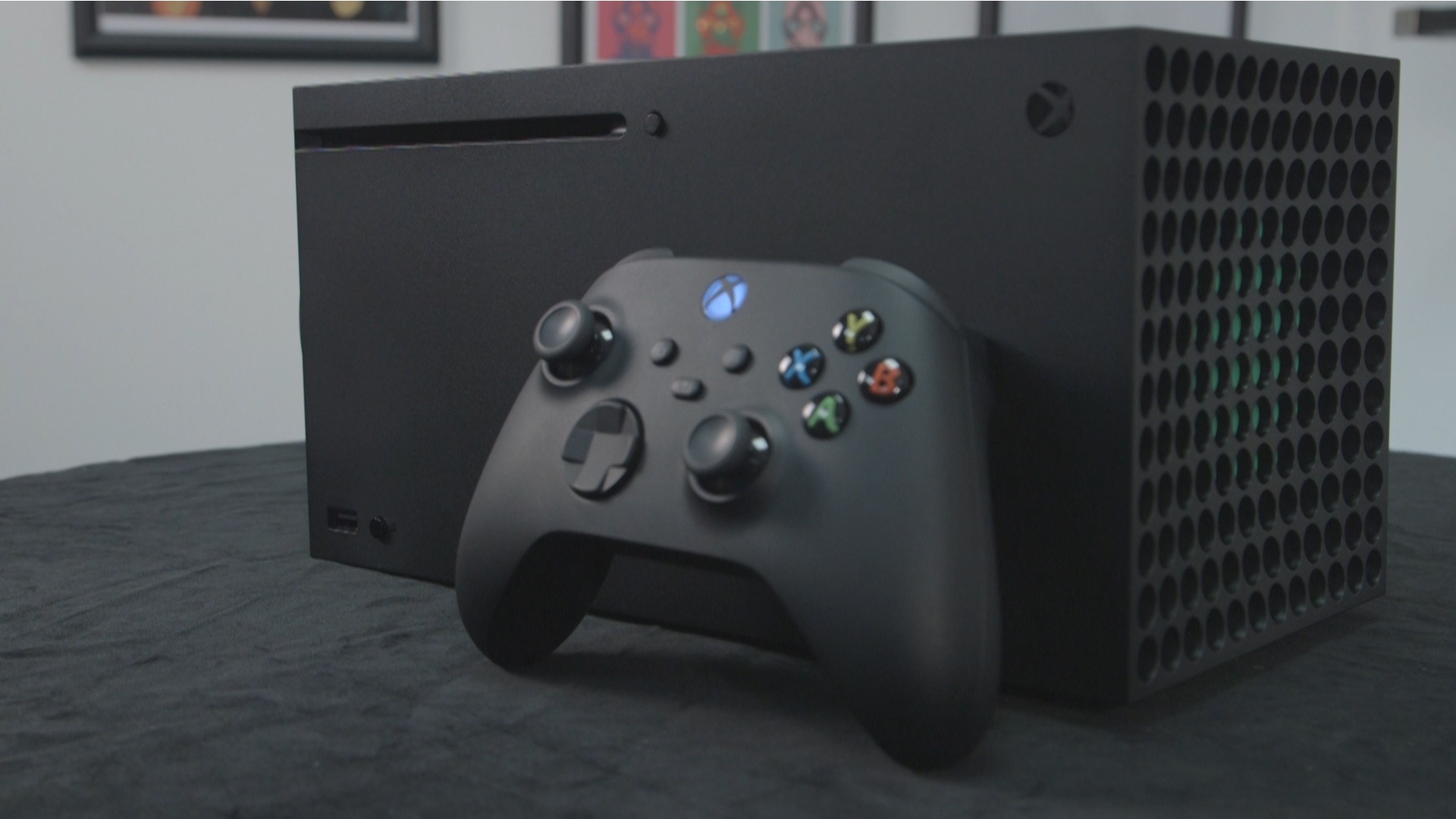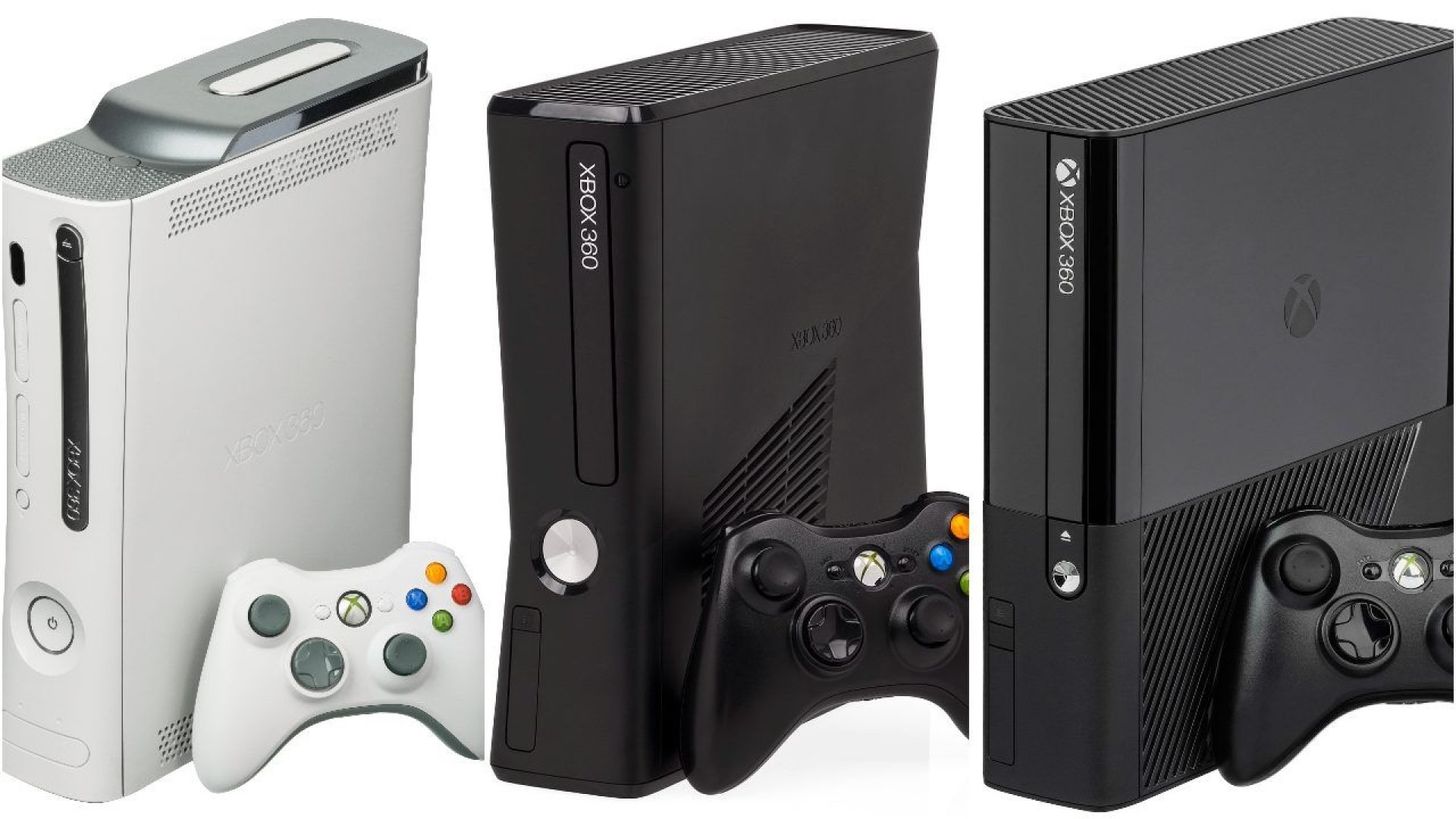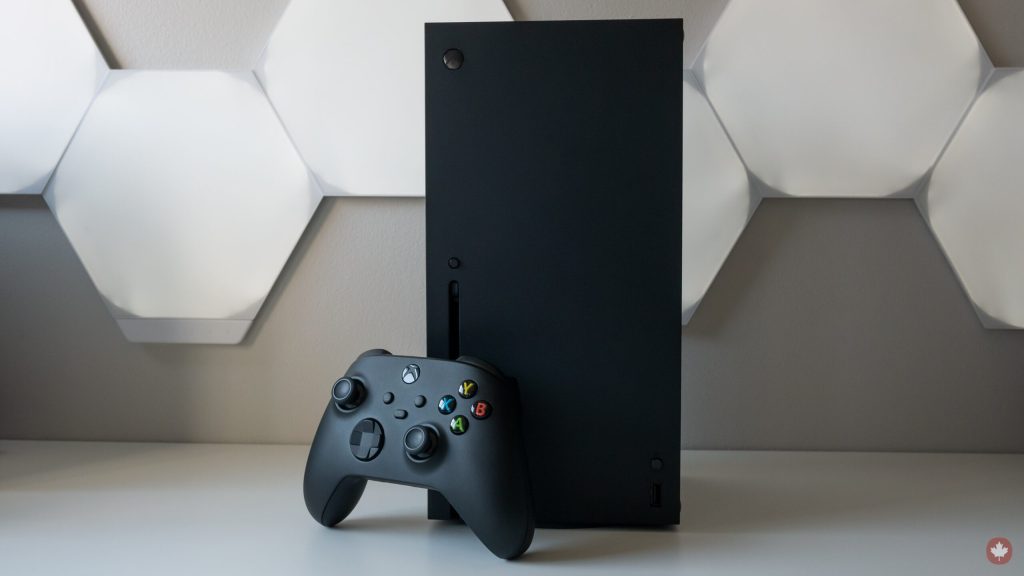When Microsoft introduced the Xbox One S in 2016, I was speechless. Every previous console from Redmond screamed “Gamer.” The original Xbox was a literal interpretation of the name — a box in the shape of an X. The One S, a tasteful perforated white plate, looks like it came from Kronberg at Braun. Then how could the company, which was once laughed at for its lack of taste, create something so beautiful?
Microsoft, Goliath
To find out, we need to go back to the time when it was conceived, to the after 90s.
Steve Jobs had just taken back the helm at Apple, but the company’s survival was far from certain. Other computer manufacturers continued to flourish, but it was clear who was the goliath of PCS — Microsoft.

In 1998, when Windows 98 was released, one hundred million PCs were sold in the world1. More than eighty-five percent of them ran with Windows2. Microsoft was paid for each of these Windows licenses alongside other backers like Office. Nevertheless, every corner of the organization continued to look for new ways to consolidate its dominance.
One possibility was the living room. For PC manufacturers, the living room was a real battlefield. The PC was already controlling the desk in the office. Whoever conquered the living room would rule a room where people spent almost every waking hour staring at the TV3.
Xbox: Getting Started
In the after 90s, the whisper of a Microsoft console could be heard all over the sprawling campus in Redmond4. Members of the failed 3D0 project wanted a second attempt to compete with Nintendo, Sega and Sony. The DirectX team saw an opportunity to apply their technology to a dedicated gaming system. Rick Thompson, who heard how the new PlayStation 2 would run on Linux, saw in it an encroachment by Sony on Microsoft’s homegrass5. after, at an executive retreat, Rick proposed a self-developed game console6 to launch the project, which would after be called the DirectX box or Xbox for short 7.

What followed were all the power struggles and clutter one would expect from a high-stakes corporate project. For the Xbox to be successful, the company not only had to develop hardware on an unprecedented scale. They had to build a supply chain, develop a retail strategy, attract developers to build a game library on launch day and much more.
The whole story is told in a six-part documentary series and a book by an original team member. What is striking is that there is little or no mention of how the Xbox device itself was designed.
In 2000, Bill Gates gave the keynote at the GDC. In the second half of the presentation, together with Seamus Blackley, he unveiled the so—called “showbox” – a large X with a mirrored surface. Each of these boxes, which were taken to meetings and congresses, is said to have cost as much as the production of a small car.

Seattle-based design consultancy Teague was responsible for turning this concept into reality. The result is the Xbox of 2001, which we all know well. The exterior returned to a more practical form factor, while retaining as much of the X-shape as possible.
The design is anything but timeless. The literal interpretation of the name into the form is not only lazy, but also ignores the customer’s needs and the physical environment in which he would ultimately live. Imagine if Apple sold a computer in the form of an apple!
However, I do not want to blame any individual. That Microsoft at the time, although it excelled in technology and business, did not appreciate design. Microsoft has rightly earned its place as the eternal punchline of jokes about bad design.
My guess is that the X shape was the result of top-down printing and not the result of a holistic design process. For proof, look no further than the giant “Duke” controller that launched Xbox. When a talented designer trained by RISD was brought in, concept sketches were approved by executives and prototype PCBs were already in production8. There was no place to think about ergonomics. Not surprisingly, the “Duke” was quickly replaced by the smaller “S” controller, which was sold on the Japanese market.



